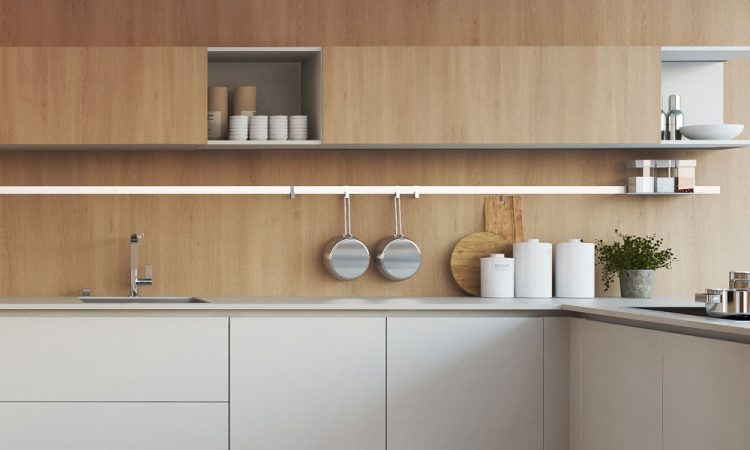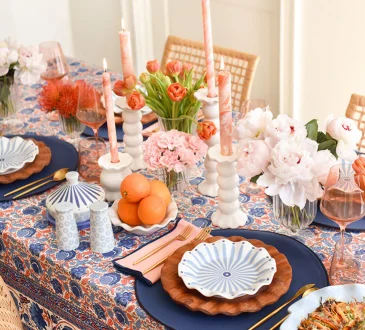
In kitchen design, visual harmony is more than just a nice-to-have—it’s what separates a beautifully renovated kitchen from one that feels disjointed or incomplete. The three major surfaces that define a kitchen’s aesthetic are the counters, cabinets, and backsplash. Each plays a key role in shaping the space, but how they work together is what creates a truly cohesive and impactful design.
Matching or coordinating these elements isn’t about making everything identical—it’s about achieving balance in color, texture, and material to create flow and functionality.
1. Creating a Balanced Visual Palette
The kitchen is often the most visited room in a home, and its design should feel welcoming and balanced. When counters, cabinets, and backsplash clash in style or tone, the room can feel chaotic or disjointed. A well-coordinated combination:
- Grounds the space with consistency
- Highlights focal points, such as a central island or stove wall
- Enhances perceived spaciousness through thoughtful contrasts
For example, dark cabinets paired with light countertops and a subtle backsplash can create drama without overwhelming the eye. Similarly, warm-toned wood cabinets work well with creamy stone counters and beige or bronze-toned backsplash tiles.
2. Elevating the Perception of Quality
A mismatched kitchen may suggest that parts of the renovation were done at different times or without a designer’s input. On the other hand, a coordinated look signals thoughtful planning, which can significantly elevate the perceived value of the space. Homebuyers and guests often associate well-matched finishes with higher craftsmanship and design expertise.
This attention to detail often starts with choosing durable and stylish surfaces, such as those available through kitchen counters Cuisines Rosemere, which offer both quality materials and finishes that coordinate well with a wide variety of cabinetry styles and backsplash options.
3. Supporting the Kitchen’s Functionality
While aesthetics matter, coordination also supports practical use. For example:
- A backsplash that reflects light can brighten up a kitchen with dark counters and cabinets.
- Matching durable surfaces can create seamless prep zones and reduce maintenance time.
- Consistent color tones can help mask day-to-day wear and minor spills.
Design cohesion makes it easier to navigate the space and keep it clean, especially in busy kitchens that double as entertaining or family hubs.
4. Defining Style and Mood
Whether you want a farmhouse, modern, transitional, or industrial kitchen, the relationship between your counters, cabinets, and backsplash defines the overall style. Consider the following:
- For a modern look: sleek white cabinets, matte black counters, and a high-gloss subway tile backsplash.
- For a classic kitchen: shaker-style wood cabinets, marble-look counters, and a neutral-toned mosaic backsplash.
- For a bold design: color-rich cabinets, quartz counters with veining, and a patterned backsplash.
When all three elements complement each other, your chosen style comes through clearly and consistently.
5. Making Design Decisions Easier
When materials and colors are chosen with coordination in mind, every decision becomes easier. You don’t need to second-guess whether your faucet finish or wall paint will clash—because the foundational surfaces already create a strong, versatile base. Many designers start with countertops as the anchor, then select cabinets and backsplashes that complement the tone and material.
Conclusion
Coordinating kitchen counters with cabinets and backsplash is essential for creating a unified, functional, and beautiful kitchen space. It enhances the room’s aesthetic appeal, increases its value, and improves how you experience the space day-to-day. With expert material guidance and versatile selections like those found through kitchen counters Cuisines Rosemere, you can confidently create a kitchen that looks as good as it performs.




